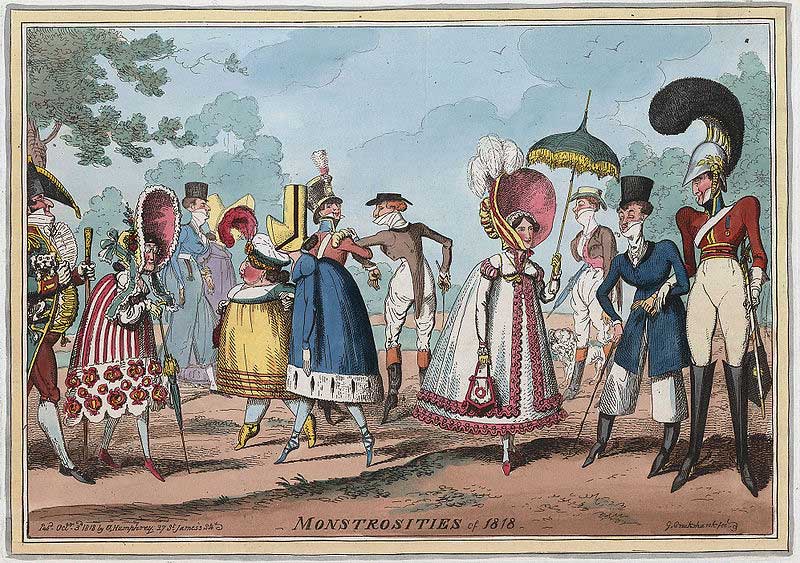This article first appeared on Culture House Daily
There’s a campaign running at the moment to rebrand History of Art and clear up some of the myths surrounding the subject. It’s seen as a posh subject, studied by posh girls, and with good reason too: A-level History of Art is offered at only 17 state secondary schools out of more than 3,000, plus a further 15 sixth–form colleges. By contrast, over 90 fee-paying schools offer the subject.
I not only studied it at school, but went on to read it at university. And yes, the majority of the people I met while studying it were posh girls from privileged backgrounds. At university, the course was read by a number of foreign female students too, but their backgrounds were similar: privileged girls hailing from wealthy cities around Europe – Paris, Milan, Berlin.
I’ve never quite understood why History of Art should have such a bad reputation though. The reason I first picked it was because I wanted to study history, but not necessarily through the lens of politics or warfare. Instead, I was keen to study it through a cultural lens – which I believe to be just as good a way of understanding a civilization as any.
History of Art shouldn’t just be offered in private schools – but for a long while it has been, and as a result, this worthwhile, vigorous subject has been tarnished with the posh brush. It’s not helped by Kate Middleton standing in front of her vile portrait in the National Gallery, and saying it’s ‘brilliant. Just amazing. Absolutely brilliant’. Nice girls saying nice things about paintings that are clearly not nice shouldn’t be the point of the subject. It’s a meaty one, if given the chance.
So let’s imagine it in a different guise – as a chance to study the Nazis through the art they looted; as a way of understanding the Reformation through the paintings deemed sacrilegious; as an opportunity to revisit British political history through the eyes of Hogarth, Gillray and Cruickshank.
Michael Gove has said he wants state schools to aspire to become more like private schools. Offering History of Art seems a good place to start.
Related Articles:
Obama’s Apology to Art Historians (Maggie Gray)
Obama Fails Art History (Maggie Gray)



